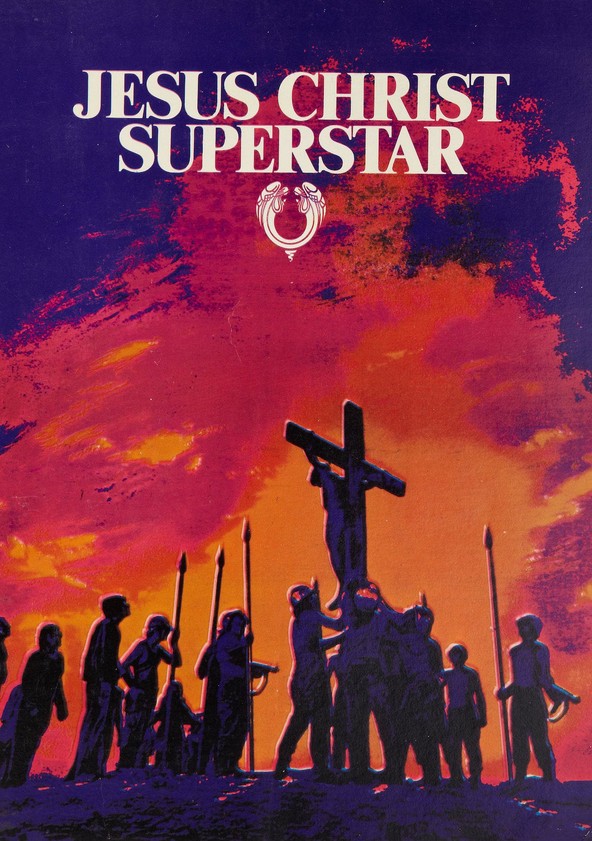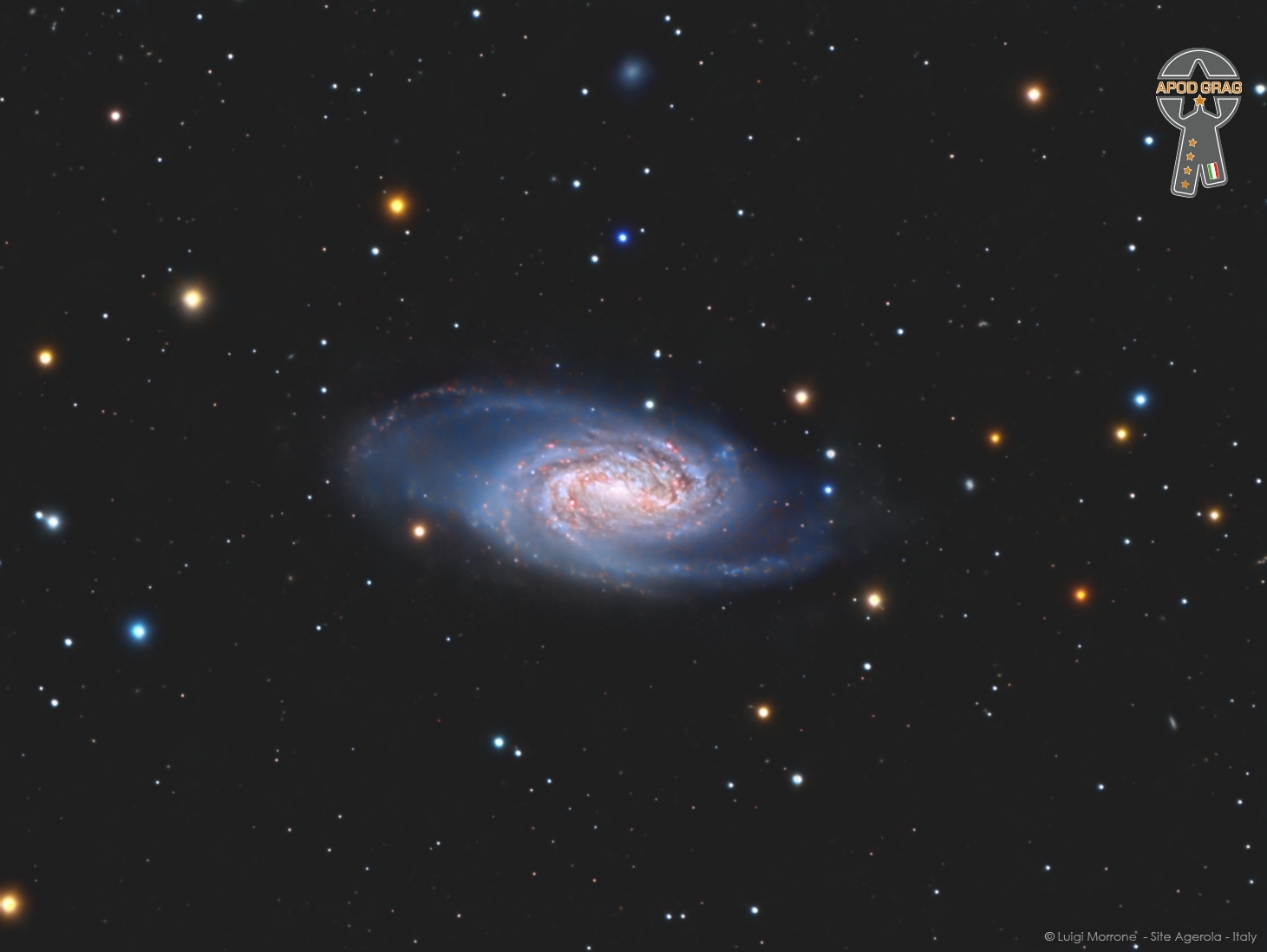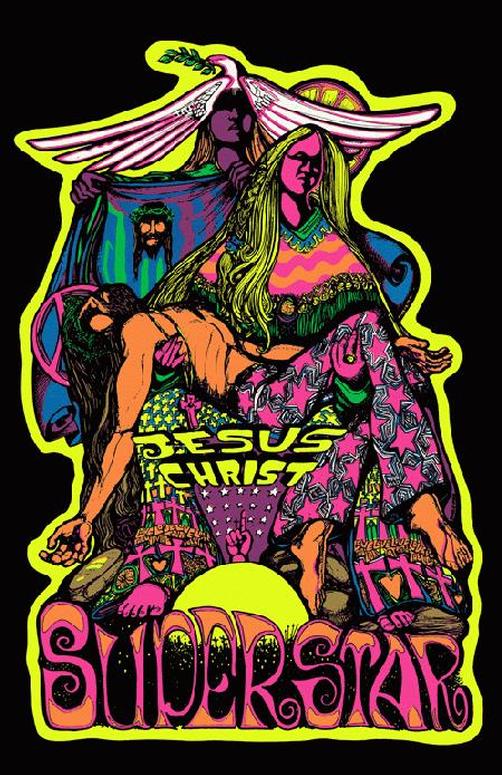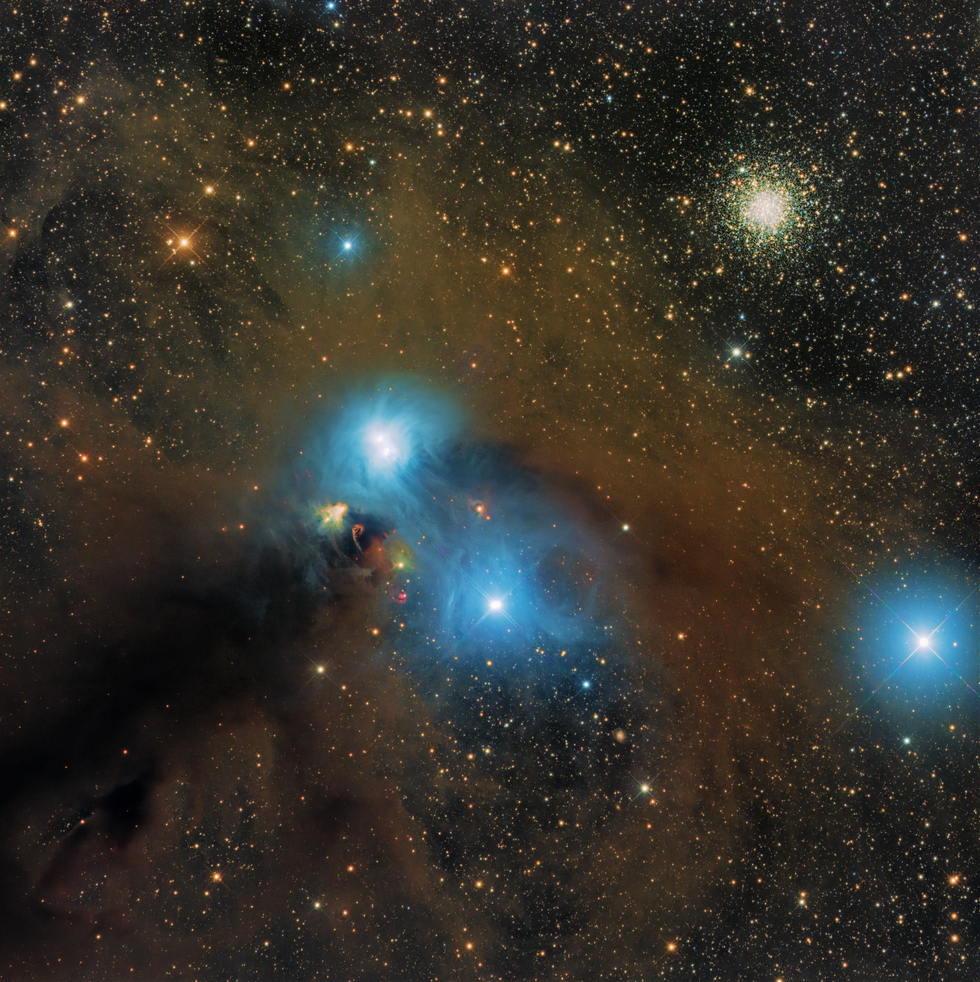Blog
Mthutuzeli Dudu Pukwana (18 July 1938 – 30 June 1990) was a South African saxophonist, composer and pianist (although not known for his piano playing).
Dudu Pukwana was born in Walmer Township, Port Elizabeth, South Africa. He grew up studying piano in his family, but in 1956 he switched to alto saxophoneafter meeting tenor saxophone player Nikele Moyake. In 1962, Pukwana won first prize at the Johannesburg Jazz Festival with Moyake’s Jazz Giants (1962 Gallo/Teal). In his early days he also played with Kippie Moeketsi. Chris McGregor then invited him to join the pioneering Blue Notes sextet, where he played along with Mongezi Feza, Nikele Moyake, Johnny Dyani and Louis Moholo. Although the Blue Notes are often considered McGregor’s group, Pukwana was initially the principal composer and all the group members had pivotal roles.
more...Jalacy J. “Screamin’ Jay” Hawkins (July 18, 1929 – February 12, 2000) was an American singer-songwriter, musician, actor, film producer, and boxer. Famed chiefly for his powerful, operatic vocal delivery and wildly theatrical performances of songs such as “I Put a Spell on You“, he sometimes used macabre props onstage, making him an early pioneer of shock rock. He received a nomination for the Independent Spirit Award for Best Supporting Male for his performance in the 1989 indie film Mystery Train. Hawkins was born and raised in Cleveland, Ohio. At the age of 18 months, Hawkins was put up for adoption and shortly thereafter was adopted and raised by Blackfoot Indians. Hawkins studied classical piano as a child and learned guitar in his 20s.
Federico Arístides Soto Alejo (June 30, 1930 – February 4, 2008), better known as Tata Güines, was a Cuban percussionist, bandleader and arranger. He was widely regarded as a master of the conga drum, and alongside Carlos “Patato” Valdés, influential in the development of contemporary Afro-Cuban music, including Afro-Cuban jazz.[1] He specialized in a form of improvisation known as descarga, a format in which he recorded numerous albums throughout the years with Cachao, Frank Emilio Flynn, Estrellas de Areito, Alfredo Rodríguez and Jane Bunnett, among others. In the 1990s he released two critically acclaimed albums as a leader: Pasaporte and Aniversario. His composition “Pa’ gozar” has become a standard of the descarga genre.
more...Theatre 55 presents the third installment of JCSS today at Caponi Art Park 5pm matinee. Featuring Van Nixon as Jesus with music by Raymond Berg, Jamie Carter, Lyra Olson and mick laBriola.

NGC 2903 is a spiral galaxy about 20 million light-years away in the constellation Leo. The galaxy shows an exceptional rate of star formation activity near its center, also bright in radio, infrared, ultraviolet, and x-ray bands. Just a little smaller than our own Milky Way, NGC 2903 is about 80,000 light-years across.

Chico Freeman (born Earl Lavon Freeman Jr.; July 17, 1949) is a modern jazz tenor saxophonist and trumpeter and son of jazz saxophonist Von Freeman. He began recording as lead musician in 1976 with Morning Prayer, won the New York Jazz Award in 1979 and earned the Stereo ReviewRecord of the Year in 1981 for his album The Outside Within.
He was born in Chicago, Illinois, United States. Freeman was introduced to the trumpet by his brother Everett, who found a trumpet in the family basement. Freeman began playing, inspired by artists such as Miles Davis. He went to Northwestern University in 1967 with a scholarship for mathematics and played the trumpet in the school, but did not begin playing the saxophone until his junior year. After practicing eight to ten hours per day and trying out for the saxophone section, Freeman quickly changed his major to music, and graduated in 1972. By that time he was proficient in saxophone, trumpet, and piano.
more...July 17th 1945-2008 Percussionist, Producer, Composer, Solo Artist
One man’s trash is another man’s treasure. Nothing could be truer for Norman Hedman and the discovery of his first hand drum, a conga, he rescued from a Brooklyn garbage can. A native of the West Indies, Hedman instinctively knew how to repair the conga at age 12 and has been playing music ever since.
Background
Today, the music of this first call percussionist, solo artist, producer, and composer, gathers multi-genre music connoisseurs around the globe. Attracted to Hedman’s number one hits with broad appeal, audiences discover his passion for accessible music. “I think music heals, and Tropique’s music falls into that category; whether you’re a teen or 80 years old,” says Hedman. From Latin Jazz to R&B and Pop, Hedman’s commercial recognition is widespread. His extensive product pedigree includes a variety of hit projects:
Music Accomplishments
Number One Hits
Songs in A Minor, Alicia Keys (5 GRAMMY ® Awards)
Fear of Flying, Mya (Platinum Album)
I Ain’t Movin’, Des�’ree (Multi-Platinum Album)
Brass Construction, Brass Construction (Gold)
Walkin – the Line, Brass Construction (Gold)
Movie Soundtracks
Ali “Fight”
Shaft “Rock With U”
Dr Doolittle 2 “Rearview Mirror”
Benjamin Alexander Riley Jr. (July 17, 1933 – November 18, 2017) was an American jazz drummer known for his work with Thelonious Monk, as well as Alice Coltrane, Stan Getz, Eddie “Lockjaw” Davis, Ahmad Jamal, and as a member of the group Sphere. During the 1970s and 1980s he was a member of the New York Jazz Quartet.
Benjamin Alexander Riley Jr. was born in Savannah, Georgia, on July 17, 1933, and at the age of four moved with his family to New York City.
“Riley performed with Randy Weston, Sonny Stitt, Stan Getz, Junior Mance, Kenny Burrell, Eddie “Lockjaw” Davis–Johnny Griffin (1960–1962), Ahmad Jamal, Billy Taylor, and Ray Bryant. He then spent 1964 to 1967 in Thelonious Monk‘s quartet. After Monk, he played with Alice Coltrane(intermittently between 1968 and 1975), Ron Carter (1975–1977), Jim Hall (1981), and the bands the New York Jazz Quartet (1970s and 1980s) and Sphere. He also played frequently with pianist Abdullah Ibrahim.
more...Joseph Albert Morello (July 17, 1928 – March 12, 2011) was an American jazz drummer best known for serving as the drummer for pianist Dave Brubeck, as part of the Dave Brubeck Quartet, from 1957 to 1972, including during the quartet’s “classic lineup” from 1958 to 1968, which also included alto saxophonist Paul Desmond and bassist Eugene Wright. Morello’s facility for playing unusual time signatures and rhythms enabled that group to record a series of albums that explored unusual time signatures. The most notable of these was the first in the series, the 1959 album Time Out, which contained the hit songs “Take Five” and “Blue Rondo à la Turk“. In fact, “Take Five”, the album’s biggest hit (and the first jazz single to sell more than one million copies) was specifically written by Desmond as a way to showcase Morello’s ability to play in 5
4 time.
Besides playing with Brubeck, Morello also served as an accompanist for other musicians, including Marian McPartland, Tal Farlow and Gary Burton, and recorded his own albums as well. He received numerous accolades during his life, including being named the best drummer by Down Beatmagazine five years in a row.
more...Vincent Anthony Guaraldi Dellaglio, July 17, 1928 – February 6, 1976 San Francisco, CA) was an American jazz pianist noted for his innovative compositions and arrangements and for composing music for animated television adaptations of the Peanuts comic strip. His compositions for this series included their signature melody “Linus and Lucy” and the holiday standard “Christmas Time Is Here“. He is also known for his performances on piano as a member of Cal Tjader‘s 1950s ensembles and for his own solo career. His 1962 composition “Cast Your Fate to the Wind” became a radio hit and won a Grammy Award in 1963 for Best Original Jazz Composition. He died of a sudden heart attack in February 1976 at age 47, moments after concluding a nightclub performance in Menlo Park, California.
more...Second performance of JCSS by Theatre 55 @ Caponi Art Park 7pm. Music by Raymond Berg, Jamie Carter, Lyra Olson and mick laBriola.

Image of the Corona Australis Molecular Complex, together with globular cluster NGC 6723, captured with CHI-2 (ASA500N)
The Corona Australis Molecular Complex is a dark molecular cloud with many embedded reflection nebulae, dark nebulae, a variable nebula, Herbig–Haro objects and very young blue stars near the northern boundary of Corona Australis, the Southern Crown. About 430 light years away, it is one of the closest star-forming regions to the Solar System.
Globular star cluster NGC 6723 is above and right of the nebulae. Though NGC 6723 appears to be part of the group, its ancient stars actually lie nearly 30,000 light-years away, far beyond the young stars of the Corona Australis dust clouds.

Rubén Blades Bellido de Luna (born July 16, 1948), known professionally as Rubén Blades, is a Panamanian musician, singer, composer, actor, activist, and politician, performing musically most often in the salsa, and Latin jazz genres. As a songwriter, Blades brought the lyrical sophistication of Central American nueva canción and Cuban nueva trova as well as experimental tempos and politically inspired Son Cubano salsa to his music, creating “thinking persons’ (salsa) dance music”. Blades has written dozens of hit songs, including “Pedro Navaja” and “El Cantante” (which became Héctor Lavoe‘s signature song). He has won nine Grammy Awards out of seventeen nominations and five Latin Grammy Awards.
His acting career began in 1983, and has continued, sometimes with several-year breaks to focus on other projects. He has prominent roles in films such as Crossover Dreams (1985), The Milagro Beanfield War (1988), The Super (1991), Predator 2 (1990), Color of Night (1994), Safe House (2012), The Counselor (2013) and Hands of Stone (2016), along with three Emmy Award nominations for his performances in The Josephine Baker Story (1991), Crazy from the Heart (1992) and The Maldonado Miracle (2003). He portrayed Daniel Salazar, a main character on the TV series Fear the Walking Dead(2015–2017; 2019–present).
He is an icon in Panama and is much admired throughout Latin America and Spain, and managed to attract 17% of the vote in his failed attempt to win the Panamanian presidency in 1994. In September 2004, he was appointed minister of tourism by Panamanian president Martín Torrijos for a five-year term. He holds a Bachelor of Arts‘ Law degree from the University of Panama and an LL.M in International Law from Harvard University. He is married to singer Luba Mason.
more...
Desmond Dekker (16 July 1941 – 25 May 2006) was a Jamaican ska, rocksteady and reggae singer-songwriter and musician. Together with his backing group The Aces (consisting of Wilson James and Easton Barrington Howard), he had one of the earliest international reggae hits with “Israelites” (1968). Other hits include “007 (Shanty Town)” (1967), “It Mek” (1969) and “You Can Get It If You Really Want” (1970).
Desmond Adolphus Dacres was born in Saint Andrew Parish (Greater Kingston), Jamaica, on 16 July 1941. Dekker spent his formative years in Kingston. From a young age he regularly attended the local church with his grandmother and aunt. This early religious upbringing, as well as Dekker’s enjoyment of singing hymns, led to a lifelong religious commitment. Following his mother’s death, he moved to the parish of St. Mary and later to St. Thomas. While at St. Thomas, Dekker embarked on an apprenticeship as a tailor before returning to Kingston, where he became a welder. His workplace singing had drawn the attention of his co-workers, who encouraged him to pursue a career in music.
In 1961 he auditioned for Coxsone Dodd (Studio One) and Duke Reid (Treasure Isle), though neither audition was successful. The unsigned vocalist then auditioned for Leslie Kong‘s Beverley’s record label and was awarded his first recording contract.
more...Callen Radcliffe Tjader Jr. (/ˈdʒeɪdər/ JAY-dər; July 16, 1925 – May 5, 1982) was an American Latin jazz musician, know as the most successful non-Latino Latin musician. He explored other jazz idioms, even as he continued to perform the music of Cuba, the Caribbean, Mexico and Latin America.
Tjader played the vibraphone primarily, but was accomplished on the drums, bongos, congas, timpani, and the piano. He worked with many musicians from several cultures. He is often linked to the development of Latin rock and acid jazz. Although fusing jazz with Latin music is often categorized as “Latin jazz” (or, earlier, “Afro-Cuban jazz“), Tjader’s works swung freely between both styles. His Grammy award in 1980 for his album La Onda Va Bien capped off a career that spanned over forty years.
Callen Radcliffe Tjader Jr. was born July 16, 1925, in St. Louis to touring Swedish American vaudevillians. His father tap danced and his mother played piano, a husband-wife team going from city to city with their troupe to earn a living. When he was two, Tjader’s parents settled in San Mateo, California, and opened a dance studio. His mother (who dreamed of becoming a concert pianist) instructed him in classical piano and his father taught him to tap dance. He performed around the Bay Area as “Tjader Junior”, a tap-dancing wunderkind. He performed a brief non-speaking role dancing alongside Bill “Bojangles” Robinson in the film The White of the Dark Cloud of Joy.
more...Nathaniel Pierce Blish Jr., known professionally as Nat Pierce (July 16, 1925 – June 10, 1992) was an American jazz pianist and prolific composer and arranger, perhaps best known for being pianist and arranger for the Woody Herman band from 1951 to 1955. Pieces by Pierce were predominantly created for use in big bands.
Pierce was born in Somerville, Massachusetts. United States. Following schooling at the New England Conservatory and working as an amateur musician in the Boston area, Pierce then led his own band which featured Charlie Mariano from 1949 to 1951. After working with Woody Herman from 1951 to 1966 as chief arranger and assistant road manager, Pierce took residence in New York City and freelanced with musicians such as Pee Wee Russell, Lester Young, Emmett Berry and Ruby Braff.
more...More Posts
- Monty Alexander Day
- Grant Green Day
- Al Grey Day
- World Music with Faudel Belloua
- Daily Roots with Wayne Wade
- Diego Memorial Day
- The Cosmos with M17
- Peter Erskine Day
- Jerry Gonzales Day
- World Music with Nawang Khechog
- Daily Roots with Rocky Dawuni
- The Cosmos with the Trapezium Cluster
- Anthony Braxton Day
- Oliver Nelson Day
- World Music with Strella do Dia
- Daily Roots with Ronnie Davis
- The Cosmos with NGC 3621
- Curtis Mayfield Day
- Grachan Moncur III Day